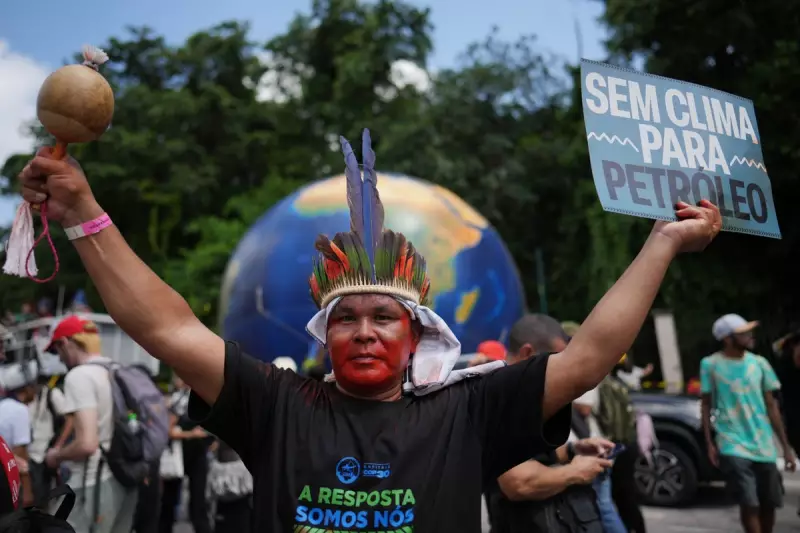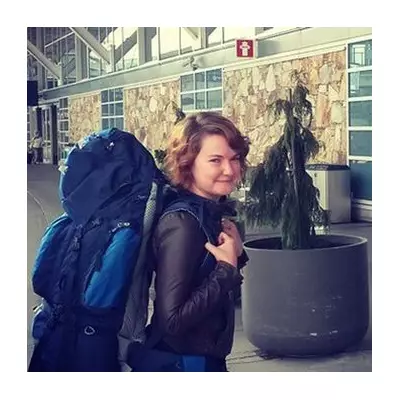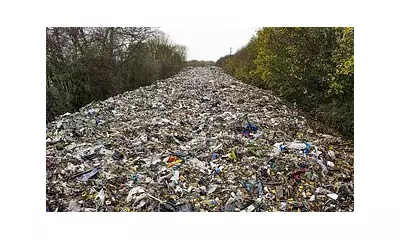
As the United Nations COP30 climate conference concluded in Belem, Brazil, Indigenous participants expressed complex feelings about their involvement in talks that promised unprecedented focus on their communities.
Symbolic Presence Versus Real Influence
Throughout the conference, Indigenous people filled streets, paddled waterways, and protested at the heart of the venue, determined to make their voices heard. The summit, held in the Amazon rainforest, was positioned by Brazilian leaders as a landmark opportunity to empower the land's traditional inhabitants who protect the world's largest rainforest - a crucial carbon sink that helps combat climate change.
Despite this positioning, many Indigenous attendees felt the reality fell short of the promise. Thalia Yarina Cachimuel, a Kichwa-Otavalo member of the Wisdom Keepers Delegation, captured the sentiment: "This was a COP where we were visible but not empowered."
Policy Wins and Fossil Fuel Failures
The final political text did achieve some recognition for Indigenous rights, with its opening paragraph explicitly acknowledging "the rights of Indigenous Peoples, as well as their land rights and traditional knowledge." Taily Terena, an Indigenous woman from Brazil's Terena nation, expressed satisfaction with this textual victory.
However, the conference faced significant criticism for its failure to address fossil fuels directly. Mindahi Bastida, an Otomí-Toltec Wisdom Keeper, argued that countries should have pushed harder for agreements to phase out oil, gas, and coal, emphasizing the need to view nature as "sacred" rather than merchandise.
Brazil launched a financial mechanism intended to incentivize forest conservation, receiving monetary pledges from several nations. Yet Jacob Johns, a Wisdom Keeper of the Akimel O'Otham and Hopi nations, dismissed such market-based solutions as "false solutions that don't stop pollution, they just move it around."
Solidarity Beyond the Negotiation Rooms
While official decisions left many Indigenous participants feeling dismissed, the protests and demonstrations provided a powerful alternative platform. Paulo André Paz de Lima, an Amazonian Indigenous leader, described how he and other demonstrators broke through barriers to access the main venue during the conference's first week.
"After breaking the barrier, we were able to enter COP, get into the Blue Zone and express our needs," de Lima explained. "We got closer to the negotiations, got more visibility."
On the final night before agreements were reached, Indigenous protesters marched through the venue corridors, highlighting instances of violence and environmental destruction from Brazil to Canada. Leandro Karaí of the Guarani people emphasized the importance of solidarity: "When we're together with others, we're stronger."
As Sônia Guajajara, Brazil's Indigenous Peoples Minister, celebrated "the largest and best COP in terms of Indigenous participation," others like Sara Olsvig of the Inuit Circumpolar Council noted the persistent gap between symbolic presence and meaningful power. The conference concluded with Indigenous voices echoing through the corridors and emerging under a yellow sky - visible, heard, but still questioning whether their participation would translate into genuine climate action.





